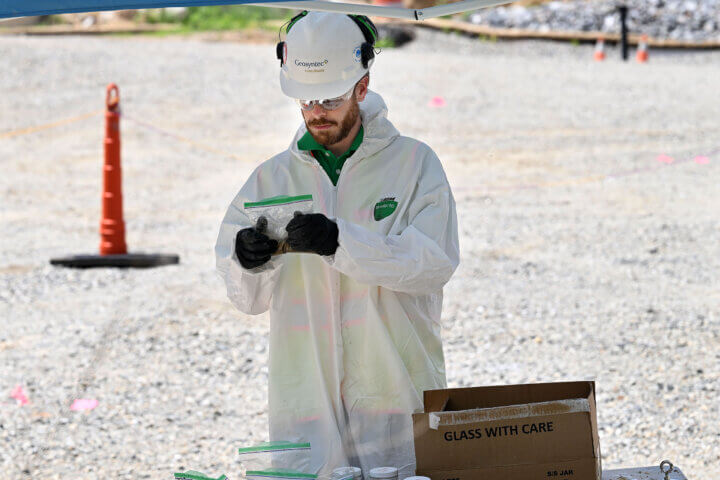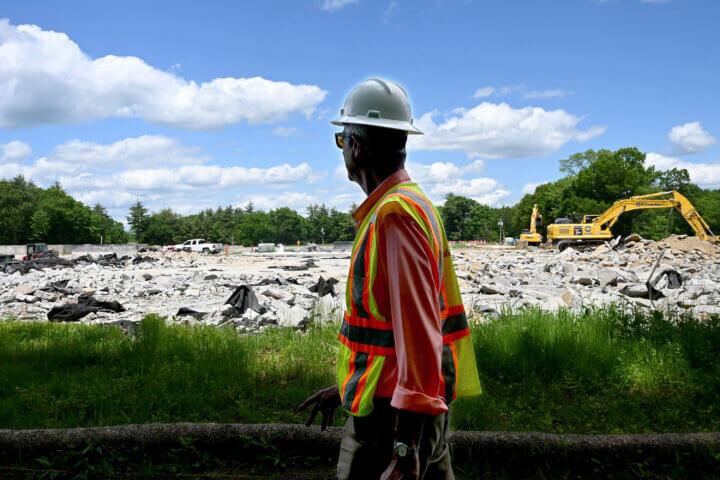The Concord Municipal Light Plant has been working on plans to achieve Net-Zero Energy status for the new Concord Middle School site. Net-Zero Energy indicates that the school will produce enough energy to meet its own demand. Toward that end, CMLP recently revealed plans for Concord’s first town-owned solar array and battery energy storage system to be located on the CMS site. Not only would the solar array make the CMS site Net-Zero, it would also be a major step towards other town goals established in the 2020 Climate Action and Resiliency Plan: expansion of in-town solar production and the installation of battery storage. How and where we generate electricity is a key factor in addressing our broader climate goals.
The project, which needs to be approved at Town Meeting, is estimated to cost CMLP $7.5M or potentially only $6.3M with grant assistance. Either way, the CMLP is handling the financing of this project, not the town’s taxpayers. The benefits of this project include production of non-carbon emitting energy, peak power cost mitigation and the potential for energy arbitrage by charging the battery when prices are low and reselling the energy when prices are high. The effect on rates is projected to be only a modest increase of about $1 / month initially but then decreasing to a net savings by 2029 or 2035. And, by providing a fixed low-cost source of energy for the town, this project establishes a bit of a hedge against future energy price increases such as those we’ve seen in the last year. Turning sunlight into money!
As positive as these projections are, we have much yet to do to achieve our 2030 energy goals. To date, Concord has installed only 7.6 megawatts of solar power towards our planned goal of 20 megawatts, just 38% of our objective. The CMS 1.3 megawatt solar array will, after construction in 2025, bring that progress up to 45% of the goal. Better, but still less than half way toward our 2030 target.
As for battery storage, CMS will be the first utility scale battery in Concord. Its 4 megawatt hours capacity is a first, albeit modest, step toward our 2030 goal of 60 megawatt hours. Storing energy during peak solar production hours can protect our local system from imbalances that threaten stability. Battery storage is also an essential element for controlling energy costs, as it will store energy from the solar arrays for delivery later in the day during peak consumption hours. This energy consumption time-shifting, sometimes referred to as peak shaving, will reduce CMLP’s overall peak demand which, in turn, reduces the costs they pay for power and transmission charges.
In short, this solar array and battery project at the new CMS will help us meet our sustainability goals, all the while providing financial benefits to rate-payers. All good stuff!
So, kudos to CMLP for a hopeful plan for meeting CMS’s energy needs. It’s a meaningful step in the right direction for Concord, but we still have a long way to go.
Jerry Frenkil is an electrical engineer focused on power issues. He is the past chair of Concord’s Comprehensive Sustainability and Energy Committee (CSEC) and White Pond Advisory Committee (WPAC).





